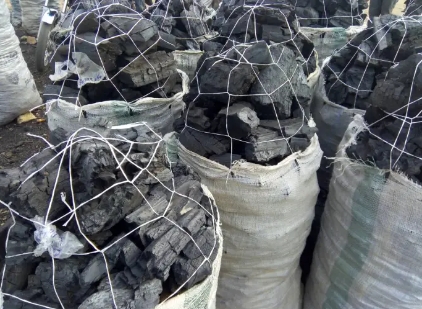
Electrode Paste has been a hero of metallurgy for decades. It is a seamless conductor of electricity that maximizes efficiency in many industrial applications. From ferroalloy manufacture to silicon metal production its performance is a crucial factor in determining quality of the end product. It also promotes environmental-conscious production, limiting the energy consumption and carbon emission throughout the entire process.
The specialized formulation of electrode paste is a crucial component in ensuring optimum results. This is especially important when working on high-voltage processes that require high temperatures, such as those used in electric arc smelters. This is because high-quality pastes are more effective at retaining their electrical conductivity even when exposed to extreme temperatures.
In addition to its role as a power conductor, electrode paste also acts as a binding agent that keeps the components of an electric arc furnace together, allowing them to operate as efficiently as possible. It is therefore important that the formulation for anode paste can withstand these temperatures, without compromising structural integrity.

The electrode paste market has seen a recent trend of using renewable resources instead of petroleum-derived materials. These bio-based materials can be used to produce a high-performance carbon paste that is as effective as traditional alternatives. These renewable options are lignin cellulose and biochar. While these biobased alternatives have not yet been commercialized, the promise that they can offer a viable alternative to petroleum based products is driving their interest.
One of the primary challenges impeding growth in the Electrode Paste Market is the price volatility of raw material costs. As these substances are essential to the production of electrode paste, a significant price increase can significantly impact the overall cost of production. In order to determine future market trends, it is important to be able maintain stable raw material costs.
The present invention relates to a novel Soderberg electrode carbon paste composition consisting of a carbonaceous aggregate, a novolac resin binder, and a plasticizer, optionally including hexamethylenetetramine. The novolac should have a melt point of atleast 100 deg C. Preferably, it should contain less than 6% free-phenol. Novolac resin is used in place of coal tar paste in the conventional Soderberg e-carbon paste. This allows for higher electrode coke and a higher residual coking value than conventional Soderberg carbon pastes that use coal tar pitch.
The preparation of a Soderberg-type carbon paste electrode begins by crushing and separating the Calcined Petroleum Coke, or Electrically Calcined Anthracite Coal. The fractions will be milled, and then stored separately. Pre-determined quantities of the different fractions are weighed and transferred to a Sigma mixer. The required quantity of liquid coal tar pitch is then added at 2000C and mixed. The mix is then poured in a mold box, forming blocks for shipping. The block is then broken up into smaller pieces and used to produce anode-carbon electrodes for electric-arc furnaces which are used to manufacture ferroalloys as well as calcium carbide.

Write a Message